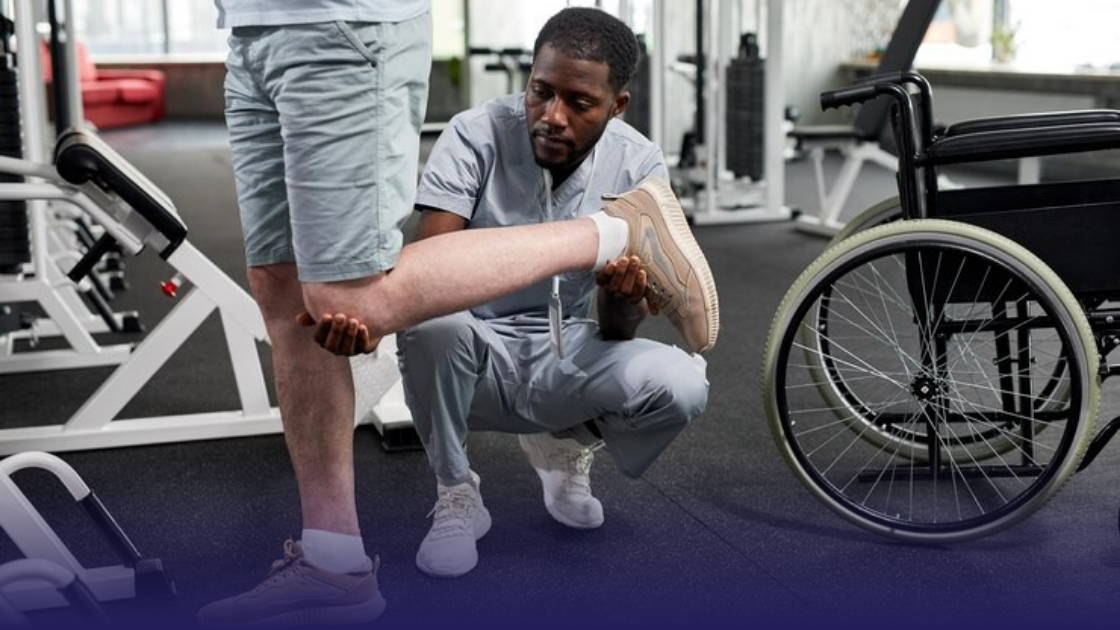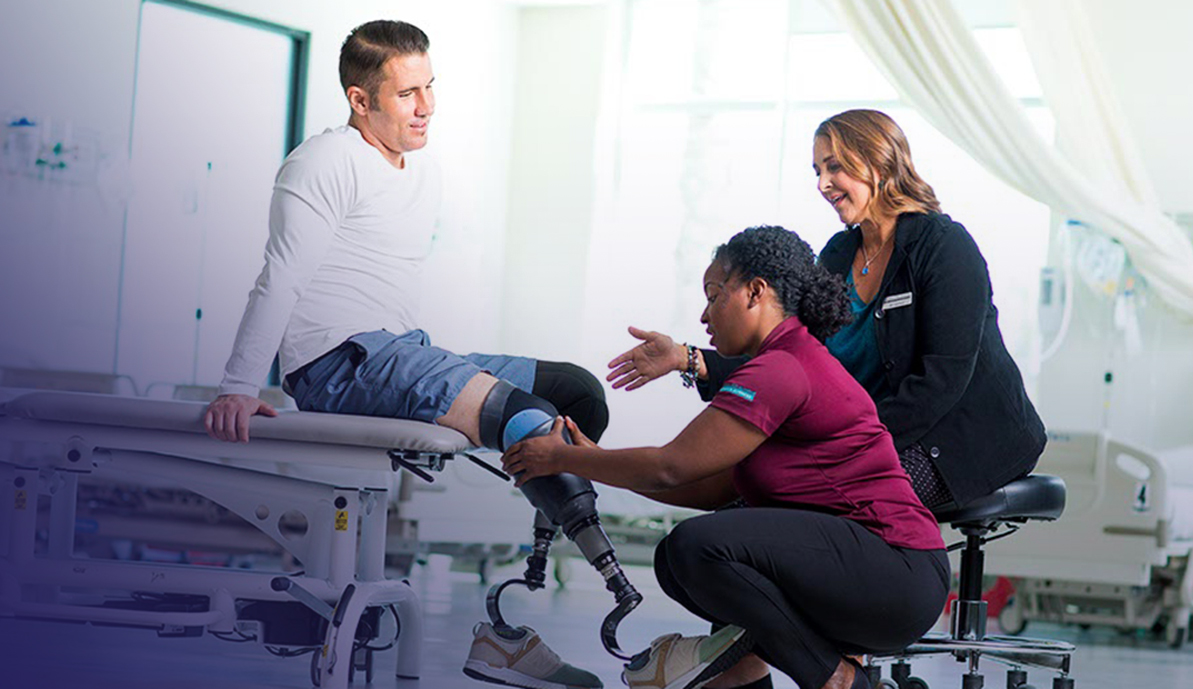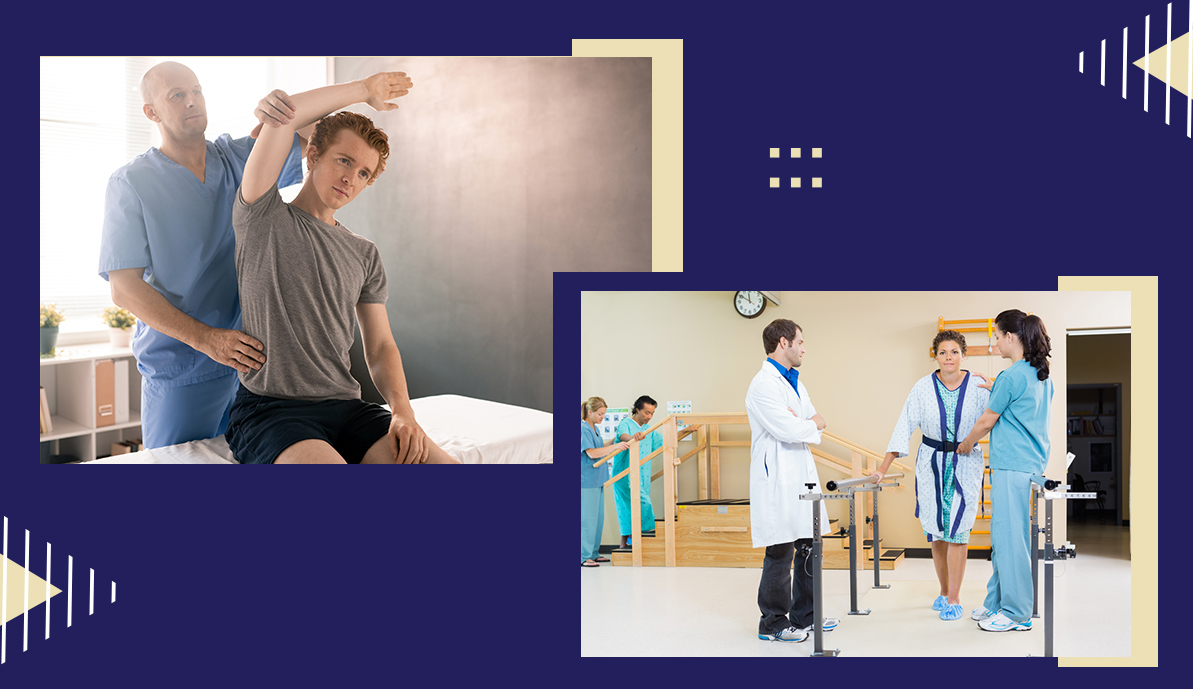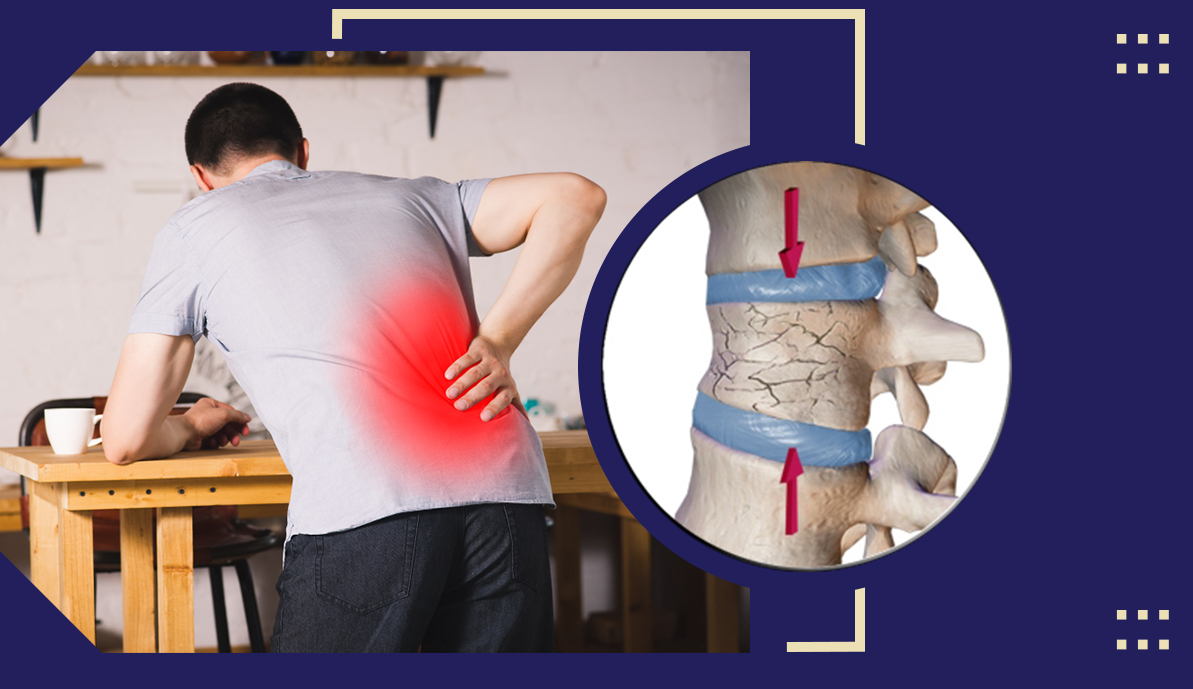
5 Common Orthopedic Injuries and How to Treat Them
Our bodies are intricately designed, with bones, muscles, and joints working together to keep us moving and functioning. However, when these vital components encounter injury or strain, they can cause us significant pain, discomfort, and sometimes even disability. Orthopedic injuries are diverse, ranging from mild to severe, and often necessitate a specialized medical assistance service to ensure proper healing and recovery. In this article, we will explore five common orthopedic injuries and their treatments.
Sprains and Strains
Among the most frequently encountered orthopedic injuries are sprains and strains. Sprains occur when ligaments, the connective tissues that link different parts of bones, are stretched beyond their usual limits due to overuse or sudden force. Strains, on the other hand, involve similar damage, but they affect muscles or tendons, the tissues connecting muscles to bones. These injuries cause swelling, pain, tenderness, and often bruising in the affected area.
The key to treating sprains and strains is timely intervention. Treatment typically includes rest, ice or heat therapy, and the use of compression wraps as necessary. In cases where recovery is more challenging, physical therapy may be necessary to regain full functionality and strength.
Fractures
Fractures, or broken bones, are also common orthopedic injuries. These can be hairline cracks in the bone's surface or complete breaks that need surgery for proper healing. The treatment approach for fractures depends on their severity. For instance, a hairline fracture may only require immobilization with a cast or splint. More serious fractures may necessitate surgery, involving either an open reduction or a closed reduction with the insertion of metal plates or pins into the bone. Prompt consultation with a specialized medical assistance service is essential to ensure the right treatment for a fracture.
Rotator Cuff Injury
The rotator cuff is a combination of four muscles and tendons that play a crucial role in controlling shoulder movement. Rotator cuff injuries can occur when one or more of these muscles or tendons become torn, often due to acute trauma, such as falling on an outstretched arm or overuse, resulting from repetitive overhead motions. A predominant symptom of rotator cuff injury is acute pain in the shoulder, worsening with movement and subsiding with rest.
Effective treatment for rotator cuff injuries may include a combination of physical therapy, medications such as anti-inflammatories and corticosteroids, and, when necessary, arthroscopy.
ACL Injury
The anterior cruciate ligament (ACL) in the knee joint is responsible for stabilizing the joint by connecting the thighbone to the shinbone. ACL tears frequently occur during sports activities, especially when sudden stops and changes in direction put excessive strain on the ligament. Common symptoms of an ACL injury include swelling, pain, knee joint instability, difficulty walking, and a popping sensation at the time of injury.
In cases of minor ACL injuries, conservative approaches such as rest and bracing may be sufficient. However, more severe ACL injuries typically require arthroscopic intervention. This may involve repairing the torn ACL or replacing it with a graft to restore knee stability and function. Seeking specialized Orthopedic After Injury in Florida is essential to determine the most suitable course of action for an ACL injury.
Tendonitis
This is the inflammation of a tendon, often caused by overuse, repetitive motions, and inadequate rest. It can result in pain, tenderness, swelling, or stiffness around the affected area. Common areas prone to tendonitis include the elbows (tennis elbow), wrists (de Quervain's syndrome), hips (bursitis), shoulders (rotator cuff tendonitis), and knees (jumper's knee).
Treatment for tendonitis typically begins with rest, which allows the inflamed tendon to heal. Physical therapy exercises are then employed to strengthen the affected area and prevent recurrence. Nonsteroidal anti-inflammatory drugs (NSAIDs) can help manage pain and reduce inflammation. In severe cases where conservative treatments prove ineffective, surgery may be considered as an option to alleviate the condition.
Conclusion
Orthopedic injuries can significantly impact our well-being. By understanding common orthopedic injuries and their respective treatments, individuals can be better prepared to address these issues promptly and effectively.
Share with your friends:



